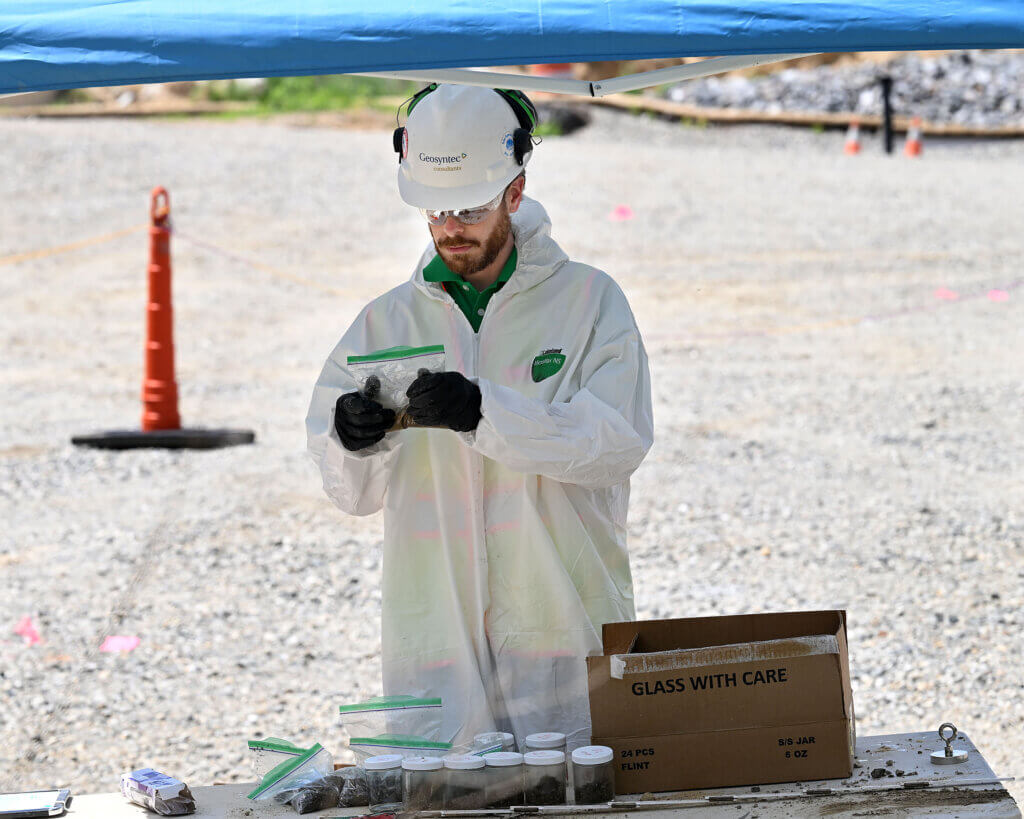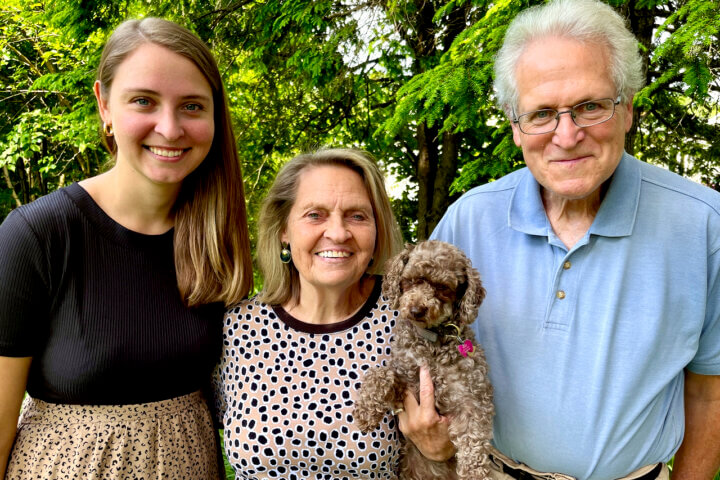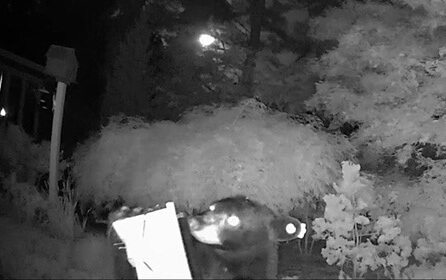By Erin Tiernan — Erin@theconcordbridge.org
The last traces of buildings on the Concord campus where scientists once transformed volatile organic compounds into military munitions are disappearing.
After Nuclear Metals Inc. started its work in 1957, manufacturing sent toxic chemicals, including depleted uranium and beryllium, leaching into the soil, sediment, and groundwater.
A massive cleanup of the property at 2229 Main Street, nestled between residential neighborhoods in West Concord, has been ongoing and intensifying since the early 1980s.
During a recent site walk-through, officials cataloged an exhaustive cleanup process that the U.S. Environmental Protection Agency oversees.
Once complete, the land will be clean enough for residential redevelopment.

Photo by Ken McGagh for The Concord Bridge
“It means you can live on the site, grow vegetables on site, and live safely on the site with negligible risk,” said Concordian Paul Boehm, chair of the town task force studying the land’s reuse potential.
“Zero risk does not exist in the world. You can live here, recreate here, without ever being impacted by what’s left.”
Years and millions
Getting the land, which was designated a federal Superfund site in 2001, back to near-pristine condition has taken decades of work and hundreds of millions of dollars. By the time the U.S. Environmental Protection Agency declares the project complete — likely in late 2028 or early 2029 — the total project cost is expected to top $300 million.

The 2229 Main Street Task Force, which Boehm heads and which is exploring the town’s options for the property’s future, recently presented a third-party analysis of the risk potential on the site now and once the cleanup is done.
Members previewed the findings, in which researchers said “essentially there’s no unacceptable risk, identified or anticipated, in post-remediation scenarios.”
The risk assessment conducted by environmental consulting and management firm Roux looked at potential hazards to human health.
It found non-cancerous and cancerous risk levels for exposure to chemicals known to be on the site would likely be within levels considered “acceptable” by federal standards.
Safety and perception
Longtime Concord resident David Ropeik, a risk perception expert, underscored the value of communication and education as the town talks with residents who might fear health risks at a site once contaminated by radioactive materials.
“I would add that given the way that land and Concord has been used in various places over the years, this may be the safest property, or one of the safest pieces of property, in town,” Ropeik said.
That’s a bold statement, he admits — but one he thinks is accurate and may be necessary to shake fears.
Bruce Thompson of the environmental project management firm de maximis (sic), led a up-close tour for The Concord Bridge of the cleanup going on at 2229 Main.

His firm is responsible for removing tons of contaminated soils and sediment, has installed groundwater treatment systems and has capped off a holding basin where Nuclear Metals Inc. and later companies tossed toxic chemicals, sealing them off from potential exposure.
As far as knowing when the cleanup is complete, “it’s a moving target,” Thompson said.
“We have to protect human health and the environment; we have to meet the cleanup standards,” he said. “So if you have to do more, you do more.”





